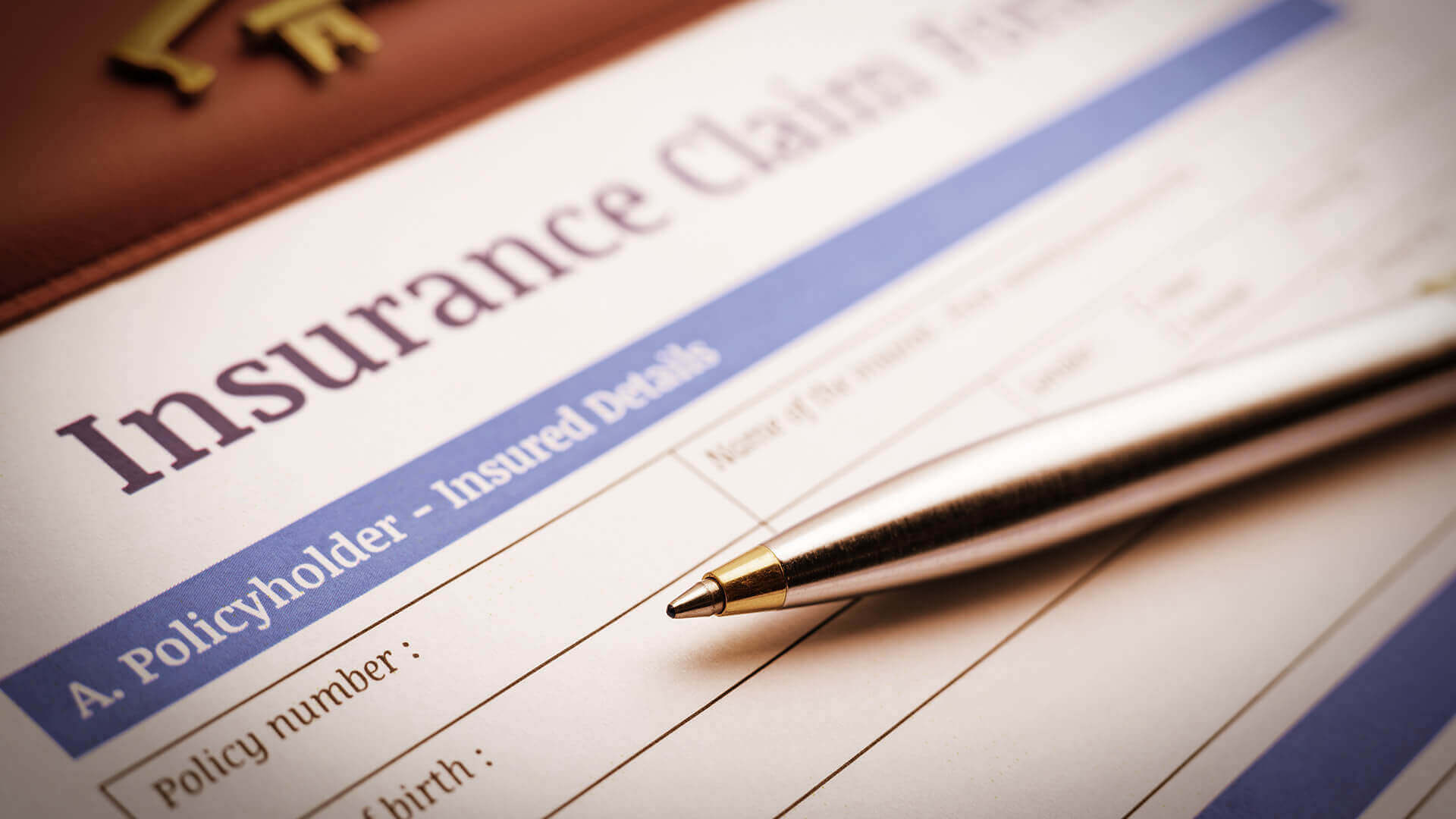Introduction to Personal Injury Cases
Personal injury cases are legal disputes that arise when one person suffers harm from an accident or injury, and someone else may be legally responsible for that harm. These cases typically involve situations where negligence, intentional misconduct, or strict liability causes injury to an individual. Understanding the types of damages available in such cases is crucial for ensuring fair compensation for the injured party.
Definition of Personal Injury
Personal injury refers to any harm inflicted on an individual’s body, mind, or emotions. It can result from various incidents, including automobile accidents, slip and fall accidents, medical malpractice, product defects, and intentional acts such as assault.
Overview of Legal Claims
In personal injury cases, the injured party (plaintiff) may file a lawsuit against the responsible party (defendant) seeking compensation for their losses. Legal claims in these cases typically revolve around proving negligence, which requires demonstrating that the defendant owed a duty of care to the plaintiff, breached that duty, and caused the plaintiff’s injuries as a result.
Understanding Damages in Personal Injury Cases
Damages in personal injury cases refer to the monetary compensation awarded to the injured party to cover their losses. These damages aim to restore the plaintiff to the position they were in before the injury occurred, to the extent possible.
Definition of Damages
Damages represent the monetary value assigned to the losses suffered by the plaintiff due to the defendant’s actions or negligence. They can include various types of losses, such as medical expenses, lost wages, pain and suffering, and emotional distress.
Types of Damages
In personal injury cases, damages are typically categorized into three main types: compensatory damages, special damages, and general damages.
Compensatory Damages
Compensatory damages are intended to compensate the injured party for the losses they have suffered as a result of the defendant’s actions. These damages are further divided into economic and non-economic damages.
Economic Damages
Economic damages are quantifiable financial losses that the plaintiff has incurred due to the injury. They may include medical expenses, rehabilitation costs, property damage, and lost wages or earning capacity.
Non-Economic Damages
Non-economic damages are intangible losses that are more difficult to quantify in monetary terms. These may include pain and suffering, emotional distress, loss of enjoyment of life, and loss of consortium (deprivation of spousal companionship or support).
Special Damages
Special damages are specific losses that can be calculated with precision because they have a clear monetary value attached to them. These damages typically include:
- Medical Expenses: Costs related to medical treatment, including hospital bills, doctor’s fees, prescription medications, and therapy sessions.
- Lost Wages: Compensation for income lost due to the injury, including wages from missed work and future earning potential.
- Property Damage: Reimbursement for damage to the plaintiff’s personal property caused by the defendant’s actions.
General Damages
General damages are more subjective in nature and aim to compensate the plaintiff for non-monetary losses resulting from the injury. These may include:
- Pain and Suffering: Compensation for physical pain and discomfort experienced as a result of the injury.
- Emotional Distress: Damages awarded for psychological trauma, such as anxiety, depression, or post-traumatic stress disorder (PTSD).
- Loss of Consortium: Compensation for the negative impact of the injury on the plaintiff’s relationship with their spouse or family members.
Punitive Damages
Punitive damages, also known as exemplary damages, are awarded in addition to compensatory damages as a form of punishment for the defendant’s egregious conduct. These damages are intended to deter similar misconduct in the future and to send a message that certain behavior will not be tolerated by society.
Purpose and Criteria
Punitive damages serve a dual purpose: to punish the defendant for their wrongdoing and to deter others from engaging in similar behavior. Courts may award punitive damages when the defendant’s actions are deemed particularly reckless, malicious, or fraudulent.
Factors Considered
When determining the amount of punitive damages to award, courts consider various factors, including the nature and severity of the defendant’s misconduct, their financial resources, and the potential impact of the award on their future conduct. Punitive damages are often calculated based on the degree of reprehensibility of the defendant’s actions and the need to send a strong deterrent message.
Conclusion
In personal injury cases, understanding the types of damages available is essential for pursuing fair compensation for the injuries suffered. Compensatory damages aim to reimburse the plaintiff for their losses, while punitive damages may be awarded to punish the defendant for egregious conduct. By seeking legal guidance and understanding their rights, injured parties can navigate the complexities of personal injury law and secure the compensation they deserve.
FAQs
1. How are damages calculated in personal injury cases?
Damages in personal injury cases are calculated based on various factors, including medical expenses, lost wages, pain and suffering, and the severity of the injury.
2. Can I claim damages for emotional distress in a personal injury case?
Yes, emotional distress is a compensable damage in personal injury cases. You may be entitled to compensation for psychological trauma resulting from the injury.
3. What is the difference between economic and non-economic damages?
Economic damages represent tangible financial losses, such as medical expenses and lost wages, while non-economic damages compensate for intangible losses like pain and suffering.
4. Are there limits to the amount of damages I can claim in a personal injury case?
Some states impose caps on certain types of damages, such as non-economic damages, but these limits vary depending on the jurisdiction and the specifics of the case.
5. How long do I have to file a personal injury claim to seek damages?
The statute of limitations for filing a personal injury claim varies by state and type of injury. It’s essential to consult with a personal injury attorney to ensure you meet the deadlines for filing your claim.
